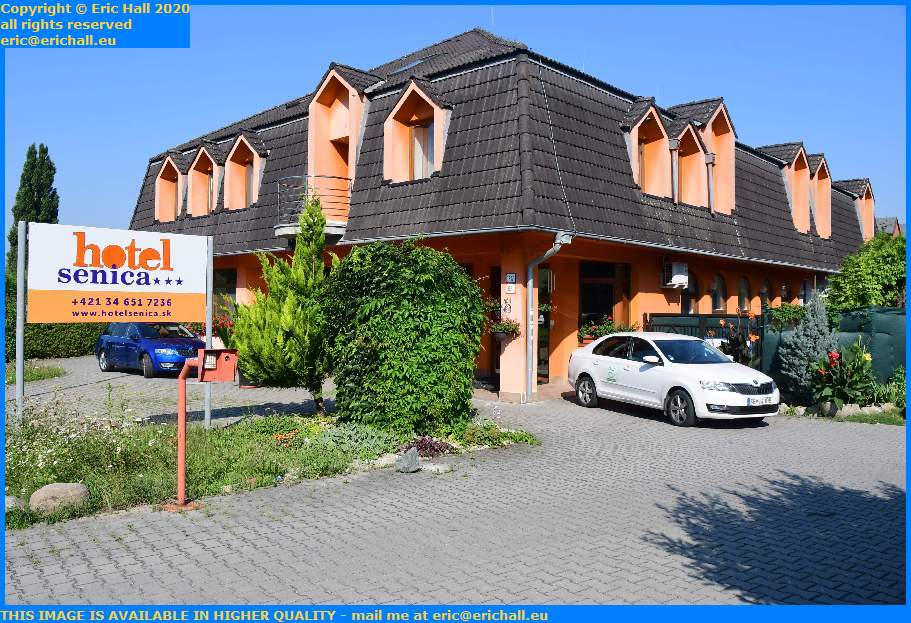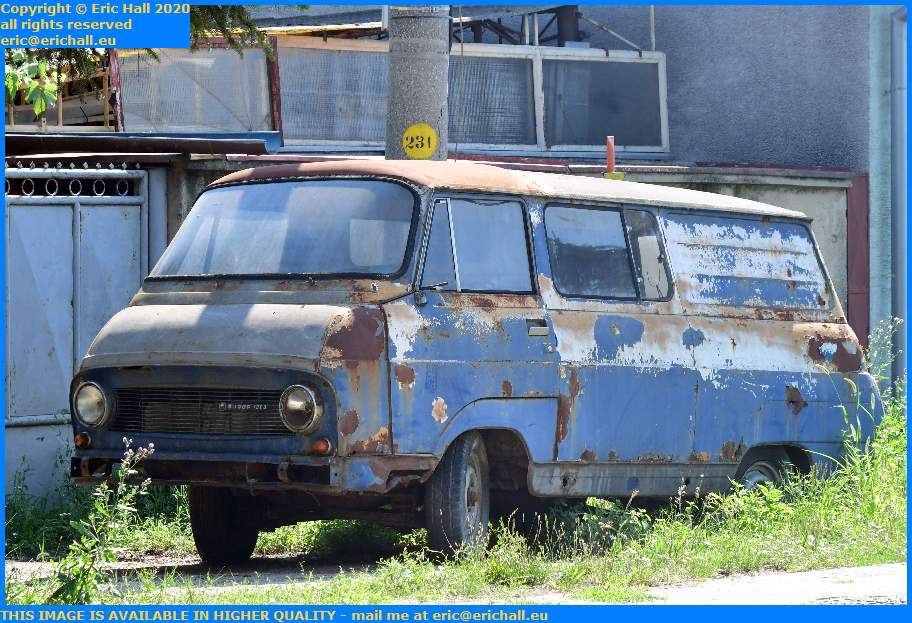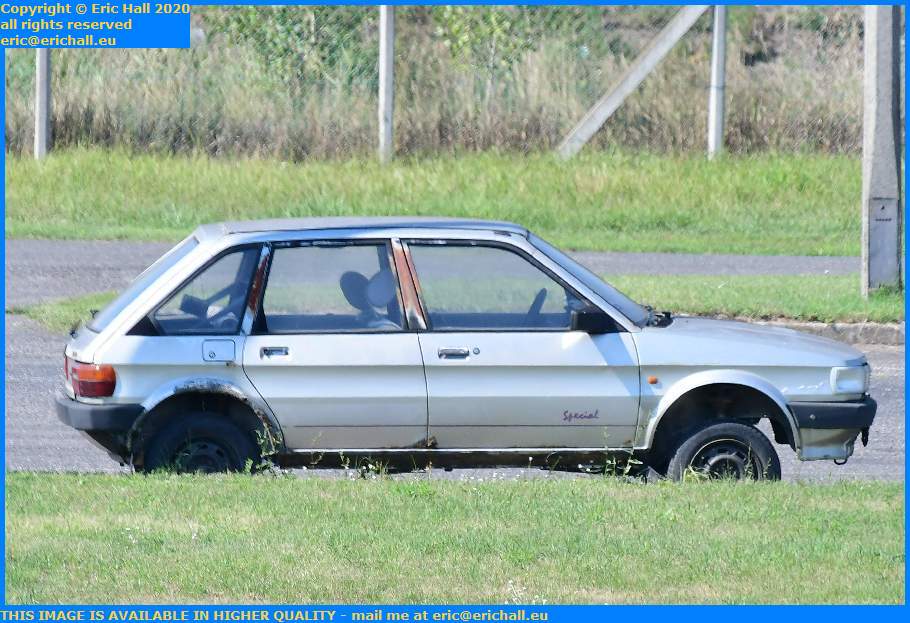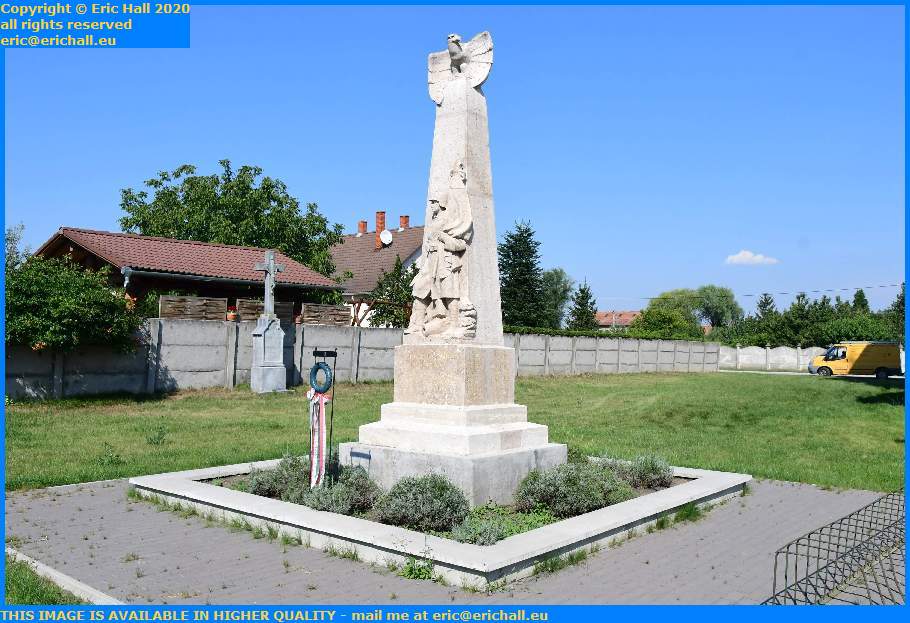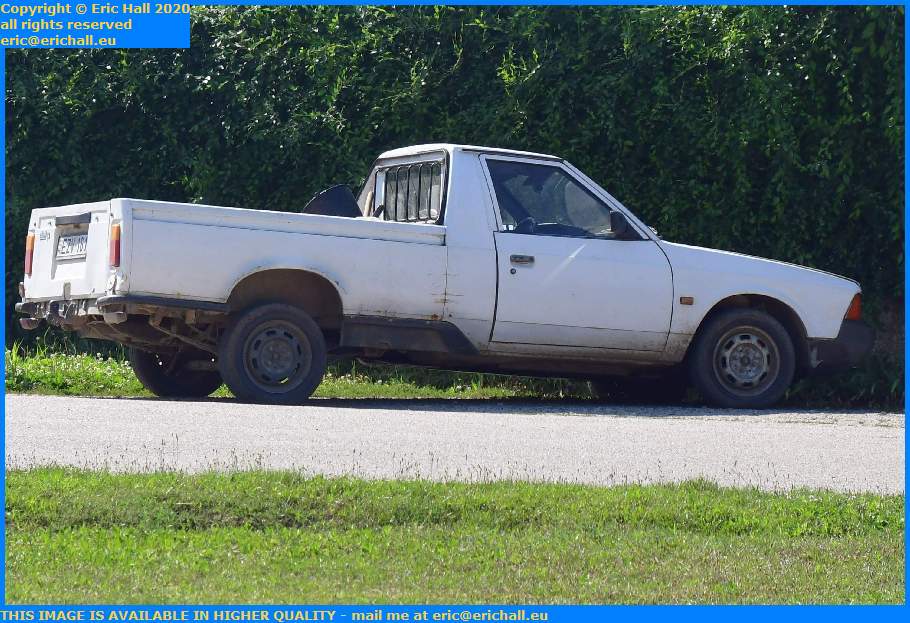 … since we’ve had a ship of the day on here?
… since we’ve had a ship of the day on here?
This time of year we are usually posting one or two every day as we stroll up and down the St Lawrence in Canada. This unfortunately is not the St Lawrence but it’s the best that I can do right now. Right outside the window of tonight’s hotel the River Danube is flowing by and it’s making me quite homesick for the mighty Canadian river.
When I download all of the photos from the camera, edit them and upload them again, you’ll see an enormous cruise ship – a kind of luxury barge – sailing past. Not a 100,000 tonne container ship but it will have to do.
 In my really comfortable hotel, the Hotel Minerva in Mosonmagyarovar I had a really good sleep and even though it was Sunday with no alarm, I still awoke at about 05:50.
In my really comfortable hotel, the Hotel Minerva in Mosonmagyarovar I had a really good sleep and even though it was Sunday with no alarm, I still awoke at about 05:50.
There was tons of stuff on the dictaphone again. It had been a really busy night
At one point during the night I was somewhere in Eastern Europe in a car, a Sunbeam Alpine convertible. I was driving through the mountains at a really rapid rate of knots but the headlights were set far too high and on main beam you could only see clouds. Dipped beam was set too high as well. I’d been driving around like this doing my best to avoid an accident at night. I suddenly realised that the windscreen was wrong. It was too far sloping back and I was sitting in the wrong position. I organised myself sitting properly and carried on driving. I eventually ended up somewhere where there was a girl. My brother was chatting her up obviously. I had a bit of pastry left so I started making some pastry for a pie and it gradually evolved into a crumble when I added sugar to it although I didn’t actually add any oats. This girl was very interested and came over to talk to me about it. She said “if you have any more interesting recipes let me have them”. I told her that I had dozens, and we had a huge intellectual discussion about my pastry and apple crumble and so on.
Later on, I was away on another voyage but i’ve forgotten half of it. We were .. I’d been out somewhere taxi driving. I had my old Ford Anglia and I dropped some people off in the mountains. I was coming back but I couldn’t get round one of the bends. I had to get out and push the car round. Three guys came to help me so I offered them a lift. They were going all the way to Shavington so I took them there and they booked a taxi for a couple of days time going from Wybunbury to Shavington. I went home and all of the papers were everywhere. My brother and Nerina were going through trying to sort out some kind of system with the paperwork, looking for vehicle records. They had a really good sort through it. I was thinking “I ought to be doing some sorting out while they were doing all of this but I decided in the end that I would start to look at my clothes. I had 2 chests of drawers but I only found 1 drawer with my clothes in it so I wondered where the rest of my things are. I had 2 more chests of drawers somewhere so I went off to have a look through those. While I was doing that there was a young girl, obviously nothing to do with our family having a play around and there were some people admiring some clothes belonging to this girl that were hanging up. I half-expected them to engage me in some kind of conversation but they didn’t. In the end I got on the bus and went to Chester, and walked from Chester towards Wrexham and came to a housing estate of modern terraced houses with a garage on the groud floor, then a first floor and then a second floor. For some unknown reason I thought that this was Brickfield. I was wandering around this estate looking at things and thinking that it would be nice for me to come and live here. Then I heard people talking about how they lived here and the winds and how cold it was so I decided maybe I won’t. I carried on walking a little further but lost all the signposts and I was on a modern 1930s semi-detached type of estate place. I saw a sign for Flint but I thought that i don’t want to go there – i want to head back towards Wrexham so I tried another road. I heard people talking about the Nobel Prize for Literature and how all the people who had entered for this year, and they were saying that if they don’t enter for next year we’ll know that they were just one-hit wonders and not really significant. There was a primus stove and it had been a long time since I’d seen one so I got it and pumped up the pressure and went to try to light it but I couldn’t get the nozzle to work. A guy saw me and came running over the road. It turned out to be his and he was one of these authors. We talked about his live stove thing and he said yes, that he uses it for heat mostly rather than lighting. We had a talk about it aand he went to pump it up, found that it was pumped up and went to light it as well but he couldn’t. he had a kind of Piazzo lighting arrangement where he clicked on the button to light it. I chided him about that. “You really ought to do it with a match”. Someone came along. He had something else and said “you light it with that” but I can’t remember what it was. It turned out that it was all kinds of things like cabbage leaves and so on. I knew exactly what it was and I told him but I can’t remember now. They lit it and started to smoke it and said “yes! This is really good. We had a good chat about that as well.
Going back to sleep, I found myself back in the same dream. So where was I? All the time that this was going on I was thinking that I’d caught the bus to Chester and now I was walking down the road to Wrexham and I’d missed the last bus back by a long time. The only way home for me now was to carry on walking towards Wrexham and then back to Crewe that way. That was going to take me all night at the very least to do all that but I hadn’t even given it any thought about what I was going to do about getting home.
But when I really do get home I’m really going to be having a lot of fun editing all of these photos and transcribing all of the dictaphone notes.
Unfortunately I’m afraid that the days when I could do that during the evening when I arrived at a place of repose are long-since over. Usually now, when I arrive at somewhere for the evening I simply crash out on the bed for an hour or two.
But I digress.
Breakfast was quite nice – not as nice as I had in Lech but nevertheless it was something to be going on with. I didn’t like the coffee but that’s probably more to do with the fact that I couldn’t understand the Hungarian instructions on the coffee machine.
 Later on, I headed off for the border in the heat. 09:30 and it was already 31°C. I shudder to think how hot it’s going to be later in the day.
Later on, I headed off for the border in the heat. 09:30 and it was already 31°C. I shudder to think how hot it’s going to be later in the day.
The scenery around this part of Hungary is very flat and monotonous and there wasn’t all that much to see. There were some delightful little Osterreich rural cottages along the way and In the village of Hegyshalom, not far from the Austrian border, there were some splendid examples in the shade of the trees.
The big BMW lets the show down unfortunately. It seems that even in Central Europe the price of a rural cottage is way beyond the means of the average rural-dweller and now the province of the big city-slicker.
But I was surprised at the border. There was all new security fencing with razor wire, a full and complete border patrol and interrogation, and a Romanian lorry being slowly dismantled over on one side.
It reminded me just like the old times pre-1992. Although, interestingly, the old Hungarian border installations from the Cold War days, including the watchtower, were all still there but abandoned, empty and closed up. All of the excitement was on the Austrian side.
This just goes to show you just how much the world has turned round on itself over the last 30 years – something about which I have commented ON SEVERAL OCCASIONS in the past.
Photography is of course not allowed at border crossings but rather unfortunately, I seemed to have forgotten to switch off the dashcam in Caliburn. So when I finally get round to editing the video recordings, we can see my border crossing.
 A mere cockstride from the border in Austria I came to the village of Zurndorf, where my attention was drawn to this rather impressive war memorial.
A mere cockstride from the border in Austria I came to the village of Zurndorf, where my attention was drawn to this rather impressive war memorial.
Regular readers of this rubbish will recall that I have a great interest in war memorials in Central and Eastern Europe. The political situation here has varied greatly over the centuries as the Austrian Empire dealt with waves of Muslim invaders, grew to its greatest extent with the annexation of Bosnia in 1908 and then disappeared completely in 1938 with the Anschluss.
Consequently, different regions found themselves fighting different wars as well as quite often being on different sides in the same war, so it’s interesting to see all of this reflected on some of the memorials.
 This one unfortunately is quite banal – with just a mention of the two World Wars and nothing about the Austro-Prussian War of 1866 or any other conflict in which Austrian troops were involved.
This one unfortunately is quite banal – with just a mention of the two World Wars and nothing about the Austro-Prussian War of 1866 or any other conflict in which Austrian troops were involved.
But these monuments in Axis countries are quite different from the monuments in Western countries in a very significant way. In the West, the number of casualties in World War I vastly exceeded the casualties of World War II. But here in Austria, this War memorial shows something quite different as we have seen in many Axis countries.
The upper photo shows the casualties from World War I, and it’s known that the casualty figures of the Central Powers were in a similar region to those of the UK and France. But in World War II when Allied casualties were much less than in the previous war, the caualties of the Axis powers were enormous. The bottom photo shows the casualties from that war, so just compare the two and see what I mean.
There are no dates of death unfortunately, but we have seen on many others that the greater part occurred in the final couple of years of the war. It just goes to show the horrors that were taking place on the Eastern Front in the second half of World War II when the Axis Powers were on the run from the Soviets.
Anyone who denies the overwhelming efforts of the Soviet Union in defeating the Axis Powers unfortunately somewhat misinformed.
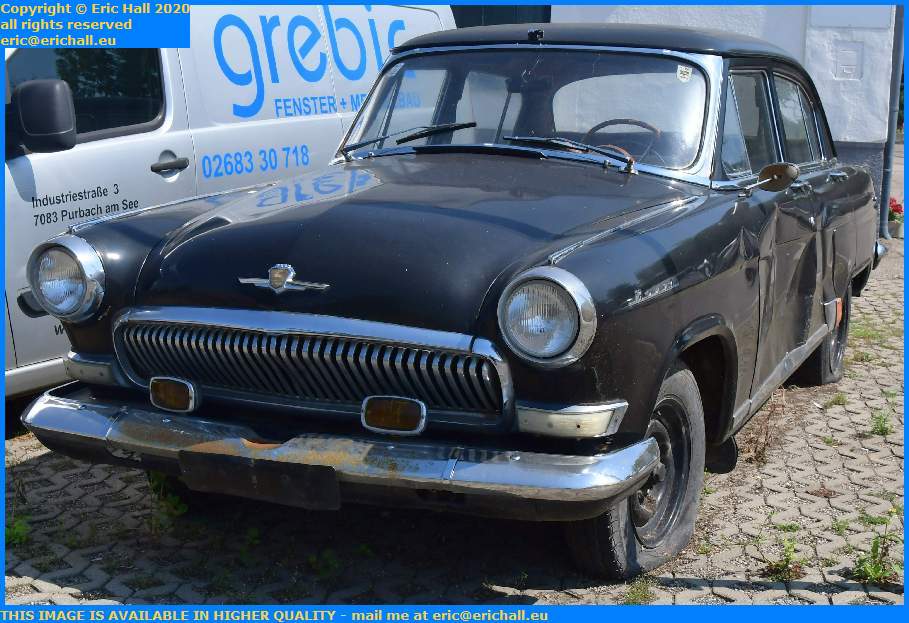 In the heat I carried on across Northern Austria. But not too far. Only to the town of Parndorf.
In the heat I carried on across Northern Austria. But not too far. Only to the town of Parndorf.
If someone were to ask me whar car I would really like, from anywhere in the world, then if I couldn’t lay my hands on one of Erich Ubelacker’s Tatra 77s, i’d have to go for something like a GAZ M21.
And sure enough, to my surprise, here parked up by the side of the road in Parndorf is a rather sorry-looking M21. Where’s my trailer just when I need it?
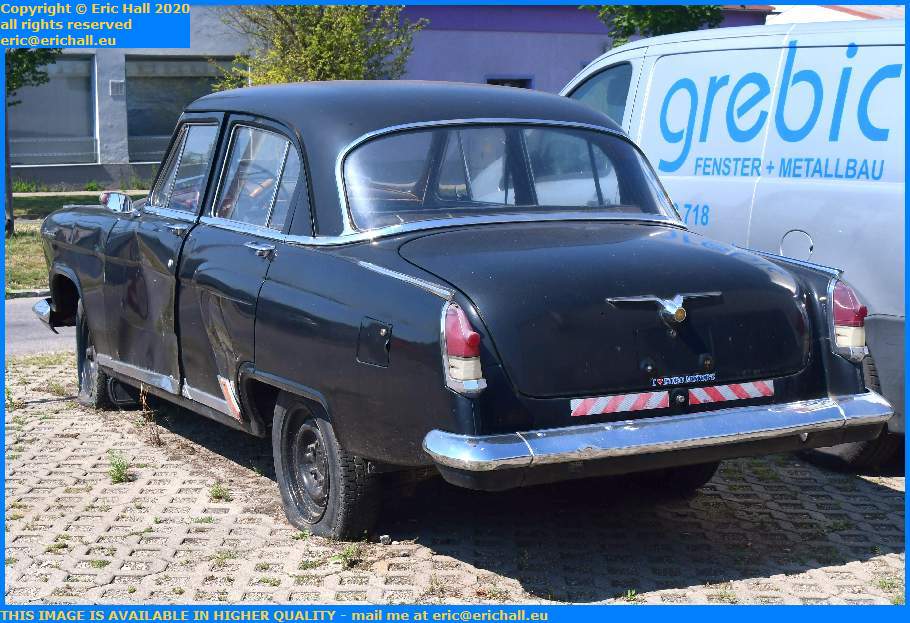 GAZ stands, of course for the Gorki Avto Zavod, the Gorki Auto Factory in the Soviet Union, and they were the cars to own if you were anyone in the Soviet Union in the 1960s
GAZ stands, of course for the Gorki Avto Zavod, the Gorki Auto Factory in the Soviet Union, and they were the cars to own if you were anyone in the Soviet Union in the 1960s
Many people have suggested that this was because they were the only car available in the Soviet Union, but that’s doing them a great disservice because they really were a much better car than anyone ever gave them credit with a great many modern features and, unlike cars from the West, were built to last for ever.
One very happy owner of an M21 was the astronaut Yuri Gagarin who often spoke kindly about his car
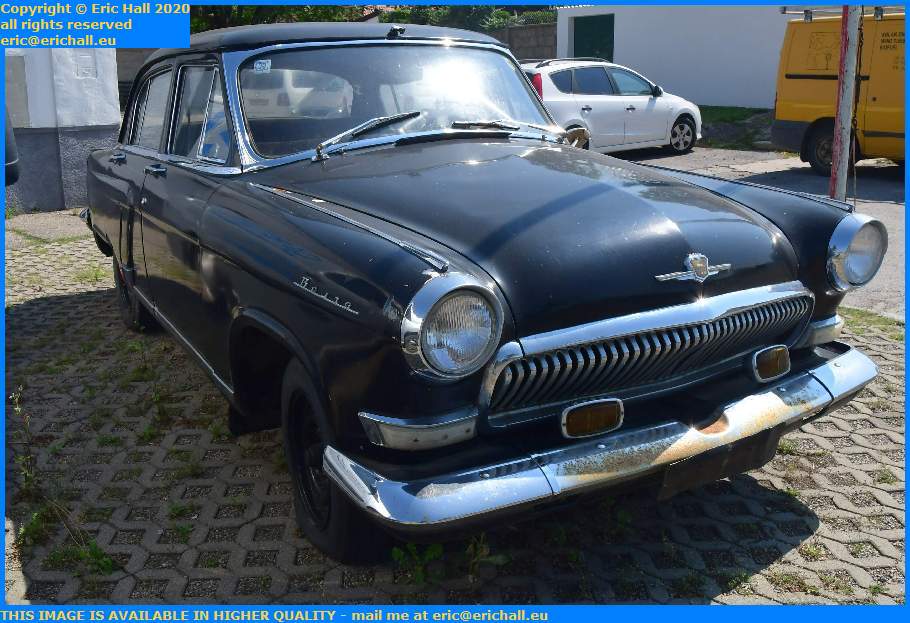 This particular one is a Series III GAZ M21 Volga – known as the baleen or “whale”. You can tell that by the radiator grille.
This particular one is a Series III GAZ M21 Volga – known as the baleen or “whale”. You can tell that by the radiator grille.
They were nominally made from 1962 to 1970 but that’s only half a story. So popular were they with taxi drivers and the like that there was an outcry when the model was withdrawn and a flourishing aftermarket set up where “new” vehicles were assembled from factory spare parts combined with other bits salvaged from scrap yards. I once met someone who had a “new” one that was first registered as late as 1988.
For a short while they were on sale in Belgium, where a diesel conversion was quite popular, but I never found one for sale when I lived there.
So yes, I would bring this one home with me in a heartbeat.
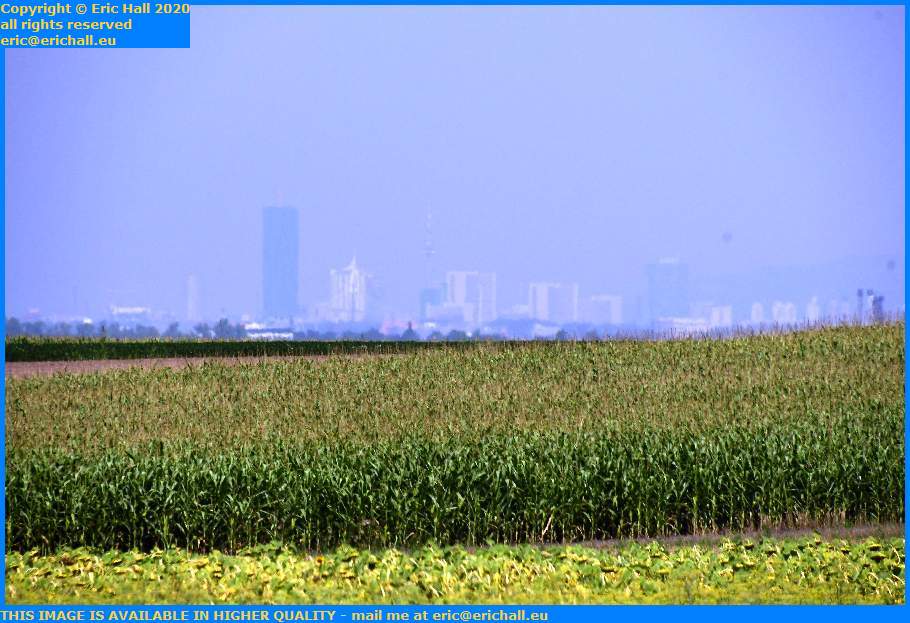 Having satiated my interest for the moment I continued on my way westward.
Having satiated my interest for the moment I continued on my way westward.
Not being a fan of big cities when I’m in a hurry, I gave the centre of Vienna a wide berth, even if it is one of my most favourite cities in Europe. But away in the distance I could see it from a suitable vantage point on a low hill to the south so I took a photograph.
It’s a shame though that the photo showed nothing of the city’s magnificence from here. Nothing of the really classical buildings – just more banal late 20th Century high-rise architecture. One of these days whenever its possible to do so, I’m going to catch the overnight train to Vienna and spend a week here.
Through the southern suburbs of Vienna I pushed, and onto St Polten.
For lunch I found a nice shady spot on the edge of a forest and settled down in my comfortable chair in the shade to eat my butties.
I stayed there for a couple of hours too as the heat passed me by. A good book was quite a help, although I ended up drifting away with the fairies at one point.
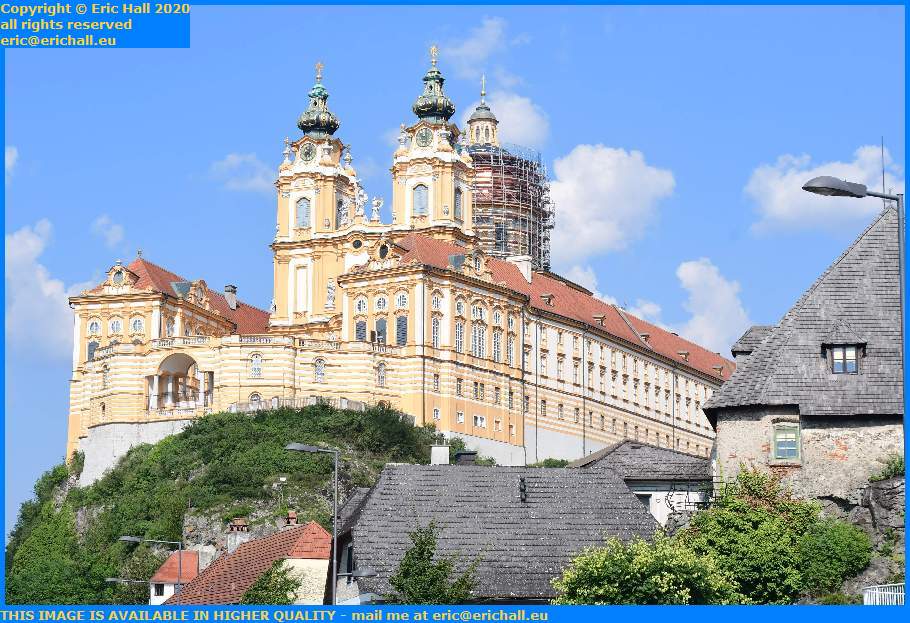 A little later I picked up the Danube and followed it for a while. And here I ended up in the town of Melk, another place where I would have been happy to spend several hours wandering about had I had the time.
A little later I picked up the Danube and followed it for a while. And here I ended up in the town of Melk, another place where I would have been happy to spend several hours wandering about had I had the time.
Although the Benedictine Abbey dates from the early years of the 18th Century, it replaced one from the latter part of the 11th Century which in turn replaced a castle owned by Leopold II of Austria. The family of Leopold, the Babenburgs, ruled Austria for another 150 years or so until 1246 and several of the rulers are buried in the Abbey, as is the Irish Saint Colman.
It became a great centre of learning in the Middle Ages and had a magnificent library, although several fires throughout its history have caused irreparable damage to some of the collection. Because of its academic stature, it survived several attempts at dissolution, including the persecution by the Nazis after the Anschluss.
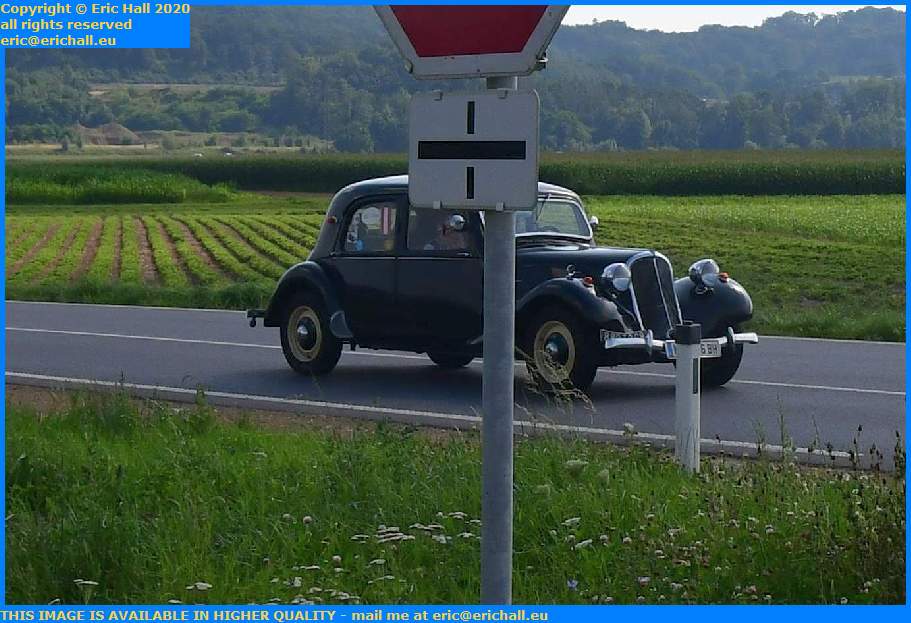 Regular readers of this rubbish will know what this is because you have seen one often enough. There’s ONE SITTING IN THE BACK OF MY WORKSHOP in the Auvergne.
Regular readers of this rubbish will know what this is because you have seen one often enough. There’s ONE SITTING IN THE BACK OF MY WORKSHOP in the Auvergne.
Taking photos of a moving vehicle from another moving vehicle is always a challenge , and I seem to have managed to catch a road sign right in the middle of the photo that obscures half of the car. But what I reckon is that it’s a Traction Avant Lght 7, and with the curly bumpers rather than the straight ones.
And that’s confirmed by the design of the boot lid. Although you can’t see it in this photo, it did indeed have the shape of the spare wheel on the boot lid, being an early model.
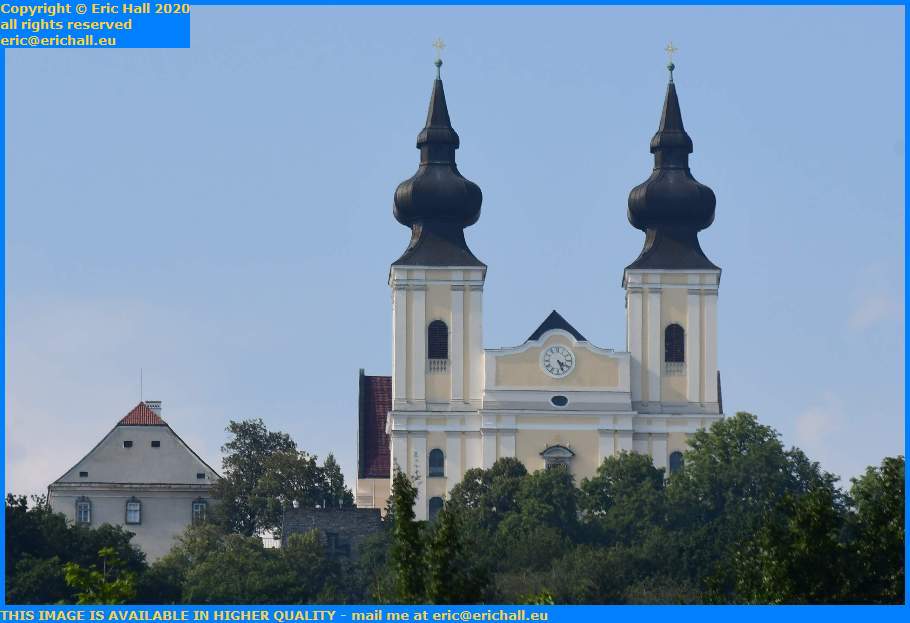 For a few miles I followed the Citroen until we crossed over the Danube where he turned right and I turned left.
For a few miles I followed the Citroen until we crossed over the Danube where he turned right and I turned left.
Having seen the barge on the river – the one that I showed you earlier, I pulled up in a small town further along the river. Behind me up on a hill is the Basilica of Maria Taferl, one of the most important pilgrimage sites in Austria where it is said that a couple of local people made a miraculous recovery from serious illness and injury by praying to Mary.
The current church was built in the second half of the 17th Century to replace an earlier one, and It’s said to contain all kinds of important relics and souvenirs left by pilgrims who have come to visit the site over the centuries
Further along the road I stopped off at one point to put some fuel in Caliburn and shortly afterwards my journey brought me into the small town of Au An der Donau where there’s a luxury hotel, the Donauhotel Lettnerhof, on the banks of the Danube. There are some cheaper rooms down in the basement and one of those was available.
No air-conditioning down there but they supplied a portable fan for me and that works fine. There’s also an ice-cream stall on the river bank with a fine selection of vegan sorbets. Banana and coffee went down really well.
So far I’ve had a shower and washed my clothes, which are currently drying on the fan here. I’m off for an early night and hopefully a good sleep. I’m slowly heading homewards, which is a shame. But I have to go home sometime, I suppose. I can’t drift around for ever.
But interestingly, leaving Eastern Europe filled me full of depression. It always used to do that back in the old days and once again when I WENT TO ZATEC a few years ago.
I’m surprised that it still does make me feel like that. It’s the kind of thing that makes me think that I didn’t make the most of my Freedom of Movement and Freedom to Live Anywhere when I had the chance.
It’s too late now.
